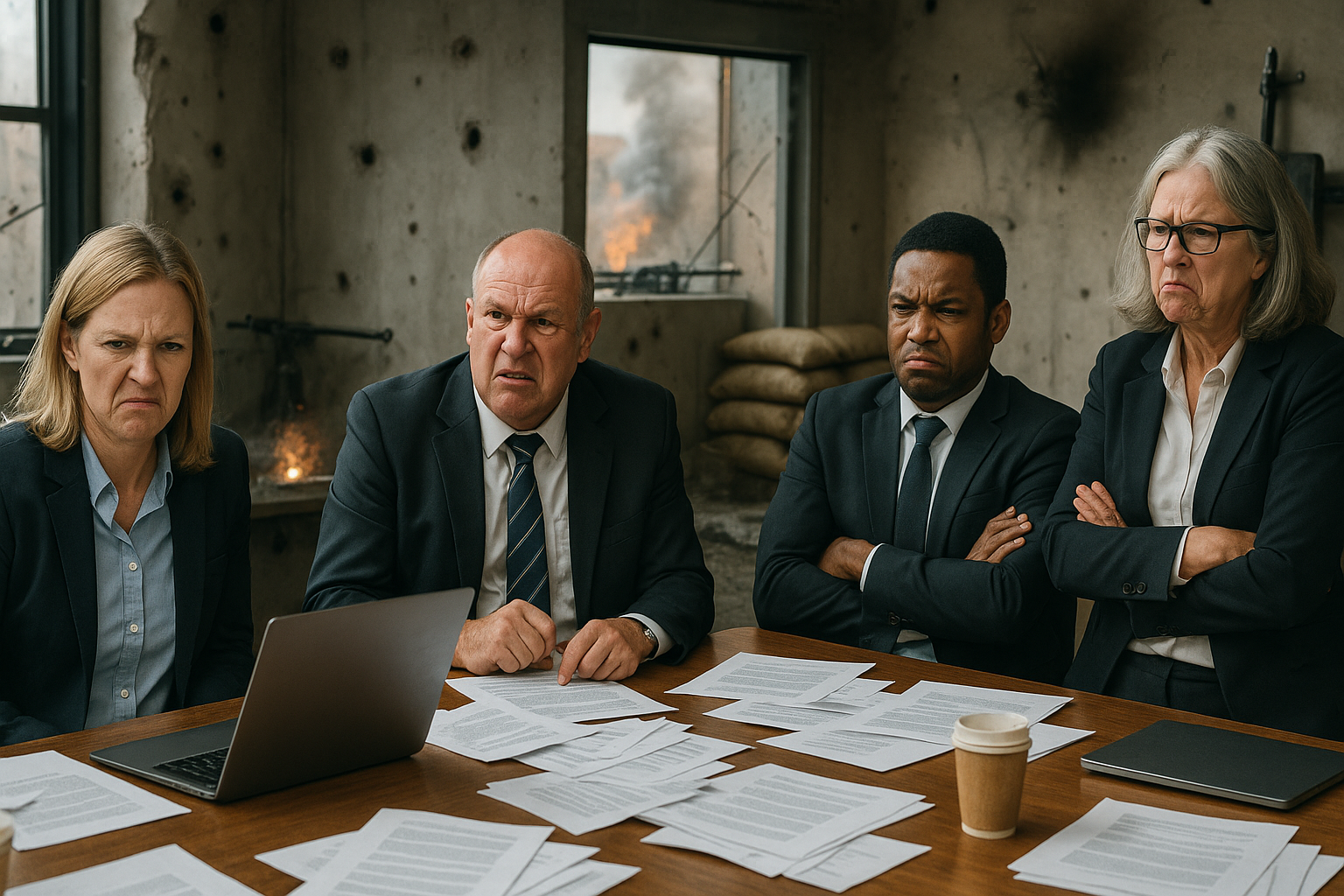Facebook company pages now reach just 1.37% of their followers organically. That is not a typo. It is however - awful.
That means if you build a page of 10,000 followers and only 137 people see each post you publish. Instagram is barely better at 7.6% and LinkedIn company pages make up just 2% of what users actually see in their feeds.
"You've been pwned"
You spent years building those audiences and now you cannot reach them without paying Meta or LinkedIn for access to people who already said they wanted to hear from you.
LinkedIn owns your audience, Meta controls your reach and Google decides whether anyone finds you.
You are paying to rent attention from platforms that can cut you off whenever the algorithm shifts or the business model changes.
The better option has always been obvious - build something you own, publish regularly and teach what you know. It takes longer and the first year of metrics are harder to justify in a quarterly review, but it works and it compounds in ways that paid campaigns never will.
McKinsey calls this the next strategic marketing advantage. Their research on the "community flywheel" shows that brands who prioritise owned audiences over paid campaigns see higher margins, lower churn and deeper long-term engagement.
Customers stop being passive consumers and become contributors, co-creators, repeat buyers and the people who refer you to others. The flywheel beats the funnel because it builds momentum instead of burning budget.
Hubspot, Monzo, McKinsey, Mailchimp and Salesforce have all built their own communities to drive engagement.
I've built media platforms this way twice before. Greenbang - sustainable tech and energy research - reached 50,000 monthly readers and got quoted in more books than my work at the Financial Times. The UN and the EU bought our research. Coindesk hit a million readers in six months and is now the biggest news site covering Bitcoin and crypto.
It takes a while for the payback of media brands to kick in. I'd say between six months and a year usually. Because the Executive Summary is aimed at CEOs - and I also run a growth consultancy - this one has taken longer. More like 18 months.
Last week's pieces on change bullies and sovereign individuals drove the biggest spike in subscriptions and replies I've seen. Eighteen months in, the inflection point arrived.
When I was building Greenbang, a number of companies asked for proposals to build the same type of thing for them. But they didn't like that ROI took 18 months and required daily publishing.
Most firms avoid doing this work - because it's hard. It requires consistency and it means publishing even when the metrics are unclear and the board wants to see immediate ROI. Marketing teams cannot justify it because they are not asked to build long-term value.
The conversations alone justify the work. You get invitations and enquiries. People forward your posts to their networks. The business opportunities follow because you establish a point of view worth discussing.
The hardest thing to measure is also the hardest thing to replace - trust. Without community you are always on the back foot, reaching out cold or waiting for an introduction.
What CEOs should do:
- Become a media brand. Treat your platform like a publishing business where insight is the product
- Don't just do a podcast and wonder why no one engages. You need a long-term plan.
- Pick one channel you control and commit. Keep going when metrics look modest. Compounding does not show up in month three. You have a year of work to be accepted by the internet. Most people quit early on.
- Show your expertise without permission. Publish what you know instead of hoarding it.
- Have a point of view. The goal is not appealing to everyone, but to have an intelligent conversation with people who want to engage.
- Keep going. Head down. Host quarterly dinners. Run monthly calls.
And by the way...
I revamped The Executive Summary website. What do you think?

I'm in the City today. Ping me for coffee.
And now look at some of what you could be getting involved in...
Dan

Is the board flatlining?
If your board dynamic isn't delivering the outcome, it's time to assess what's going on. Tollejo's diagnostics can look at the growth performance of your company vs the dynamics of your board. Learn where you need to improve.
If you want to see how this works in practice, come to one of these...
2026 Events
Christmas Drinks - Dec 3, 20205
Old-fashioned party in a 340-year-old pub. Book your place. Only a few places left.
The Executive Summary: Live
Drinks and interviews with A-Players. Moses Itauma (unbeaten heavyweight) was our recent guest.
The Board Table
Quarterly CEO dinners. Growth, exec teams and the conversations you can't have with your board.
City CIO Club
From OpEx wins to AI challenges. Where CIOs discuss what boards are really thinking.
City Crypto Club
London's crypto leaders on regulation, institutions and building legitimate businesses.


